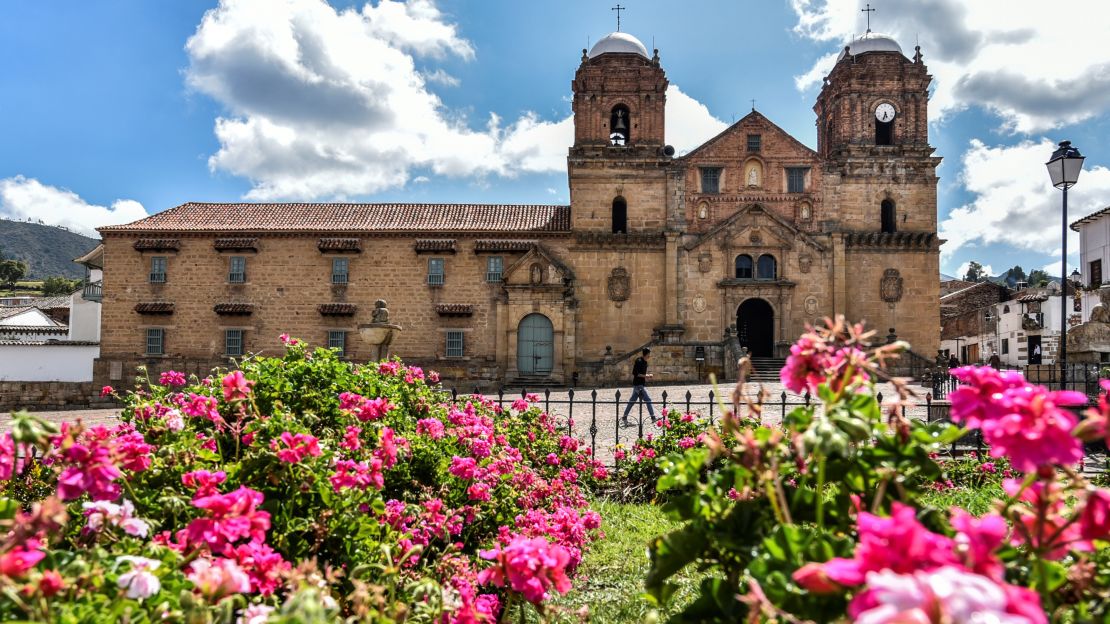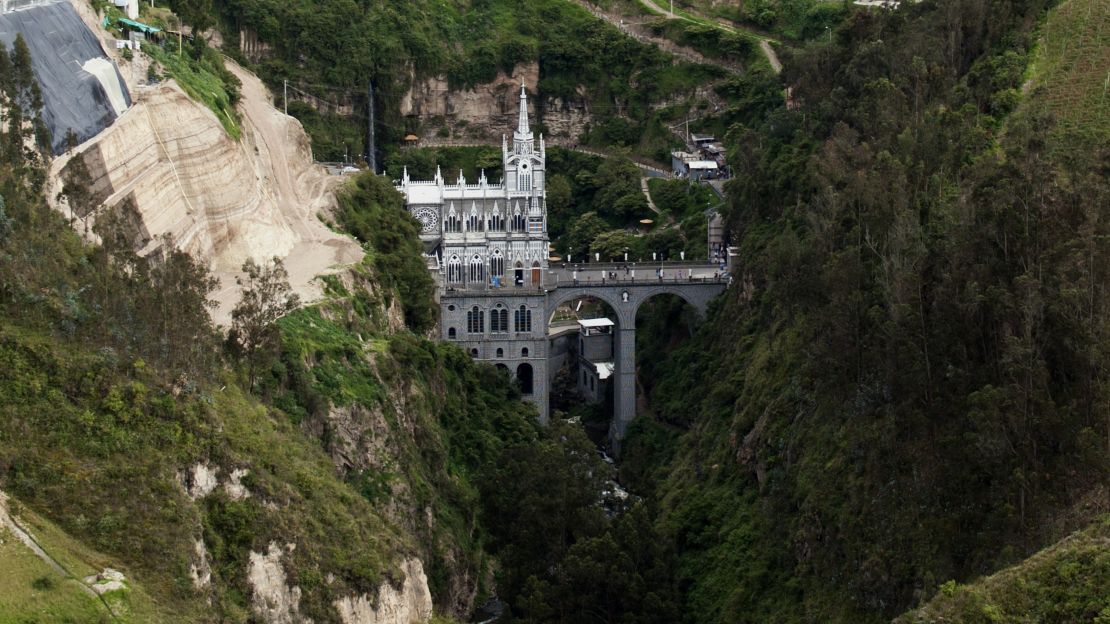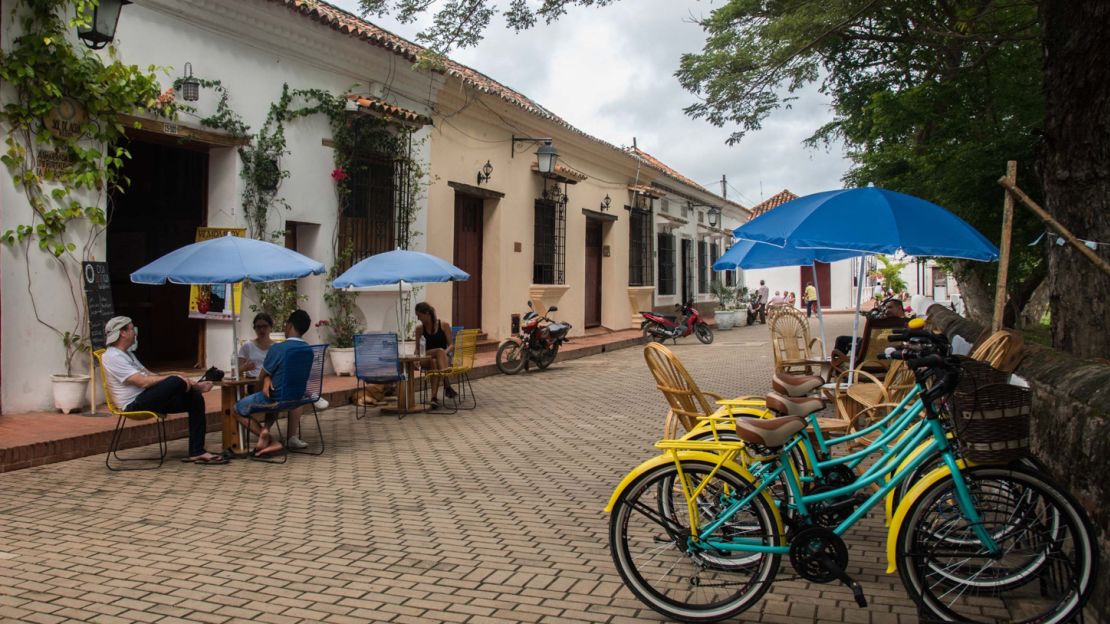From frolicking on the beaches of the Caribbean coast and taking pictures in colorful Cartagena, to partying in Medellín and enjoying the street art of La Candelaria in Bogotá, the reputation of Colombia as a legitimately varied and exciting destination is assured.
However, in and amongst the vast cities with their impressive cable car systems and colonial buildings are nestled a network of tiny Colombian towns, which only add to the charm of the country. Here are a few you should immediately add to your travel itinerary:
Villa de Leyva, Boyacá
Founded in the 16th century, quaint Villa de Leyva is now popular among rolos (Bogotá natives) as a weekend destination.
Excellently preserved, Spanish colonial buildings ring the expansive cobblestoned square – the largest in Colombia – their whitewashed walls contrasting neatly with the rusty red-tiled roofs.
If you’re really looking to escape the rat race, go during the week.
Monguí, Boyacá

Home to astounding paramos (high, cold South American plateaus) and centered around a Franciscan convent, in Monguí you can drop into a football-making factory, browse the street markets for fresh produce or visit the 17th-century Puente de Calicanto, a bridge made from cow’s blood, limestone, sand and molasses.
Salento, Quindío
Salento is easily Colombia’s best-known, and probably most frequented, small town for travelers thanks to its proximity to the towering wax palms of the Valle de Cocora.
Even so, a midweek, overnight stay in the 19th-century pueblo is itself highly recommended.
You can the streets snapping photos of the traditional bahareque (adobe) constructions and, to truly appreciate the privileged location of Salento, take a short walk to one of the miradores and enjoy the view.
Barichara, Santander
A tiny village nestled in the hills of Santander, 18th-century Barichara has the whitewashed walls and red-tiled rooftops of Villa de Leyva, without the constant flood of visitors, plus the added bonus of lookouts over verdant peaks and distant river rapids of the Suárez canyon.
While exploring can easily be done in a day, the beauty of Barichara comes from pacing yourself. Grab a coffee, read a book and seek out a shady spot.
Ipiales, Nari?o

For the overland traveler, Ipiales makes for the ideal destination to break up the tedium of border crossing. However, the main appeal of Ipiales lies outside the town itself, at Las Lajas Sanctuary.
Once the alleged site of an apparition by the Virgin Mary, the Gothic Revival basilica and its striking, somewhat austere architecture, sprouts surrealistically from the surrounding hillside, bridging the river which runs through the canyon below.
Filandia, Quindío
Smack in the heart of Colombia’s eje cafetero (coffee region) lies Filandia, a cute and colorful pueblo whose name translates as “daughter of the Andes.”
With a distinctly slower pace of life, a vibrant central square which springs to life on evenings and weekends, plus numerous miradores (viewpoints), be prepared to want to stay forever.
Guatapé, Antioquia
A short bus journey from traveler favorite Medellín, Guatapé is known for colorful facades and an imposing monolith, the Pe?on de Guatapé. Breathtaking in both senses, thanks to the 740 steps required to reach the top and the 360-degree views over the turquoise lake below, climbing the pe?ón is worth the effort. In the town itself, the devil’s in the detail though, with vibrant zocalos (storytelling reliefs) decorating the lower half of practically every building.

Santa Cruz de Mompox, Bolívar
Despite being unapologetically tricky to reach – the journey requires a combination of buses and boats thanks to Mompox’s location on an island in the Magdalena river – this hidden colonial treasure is more than worth the effort. Time stands still in Mompox, a once prosperous port town, and García Márquez fans will revel in the fact that it inspired much of his work and served as the setting for “Chronicle of a Death Foretold.”
Jardín, Antioquia
The coffee-producing town of Jardín is hard to beat if you’re looking for a quaint Colombian pueblo experience, complete with horses moseying down the streets. Hemmed in on all sides by a picturesque backdrop of banana plants and watched over by a towering Christ statue, the best thing to do in utterly charming Jardín is as little as possible. Simply wile away the hours and watch the world go by with a cold beer in the central plaza.
Lauren is a travel, food and drink writer, specializing in Mexico and Latin America. Follow her inane inner monologue on Twitter at @laurencocking or read her blog Northern Lauren.








